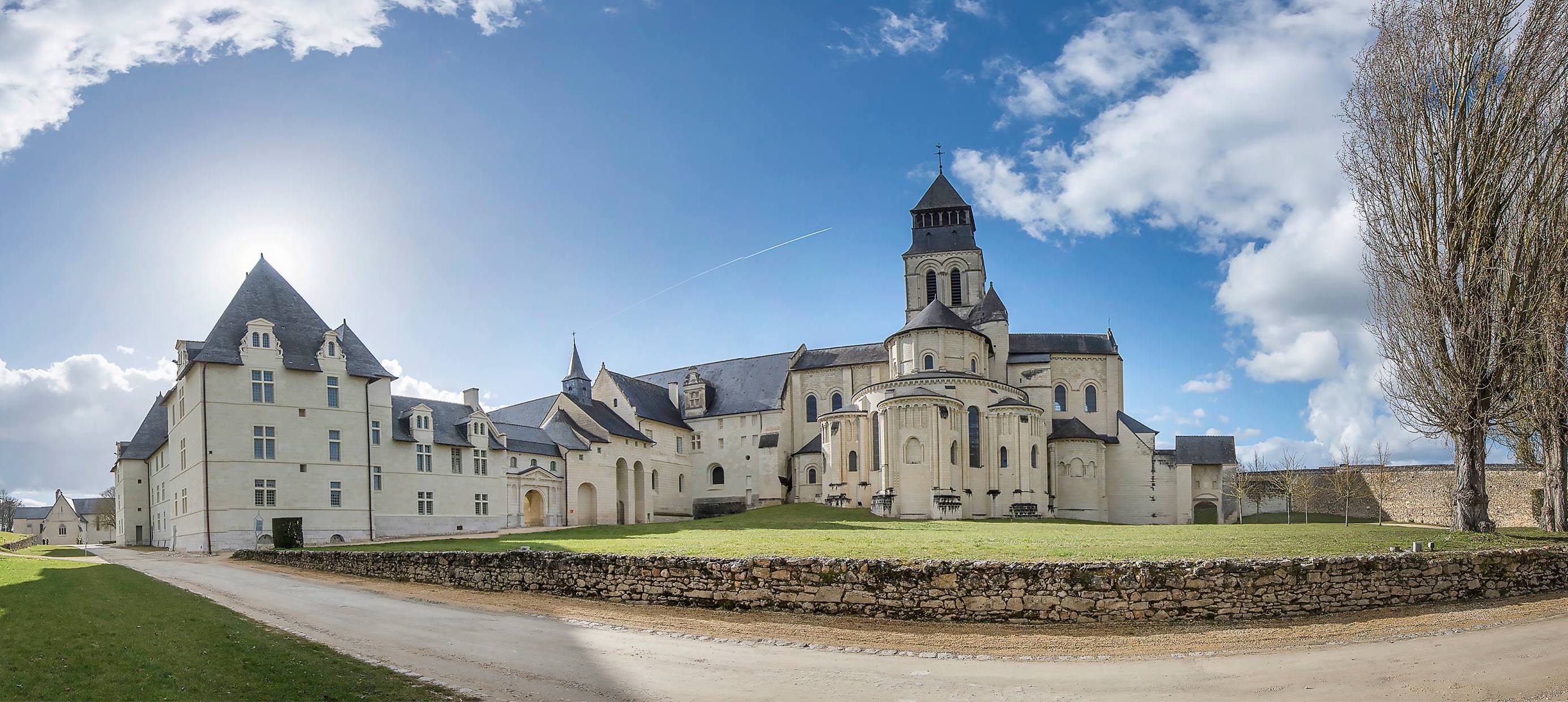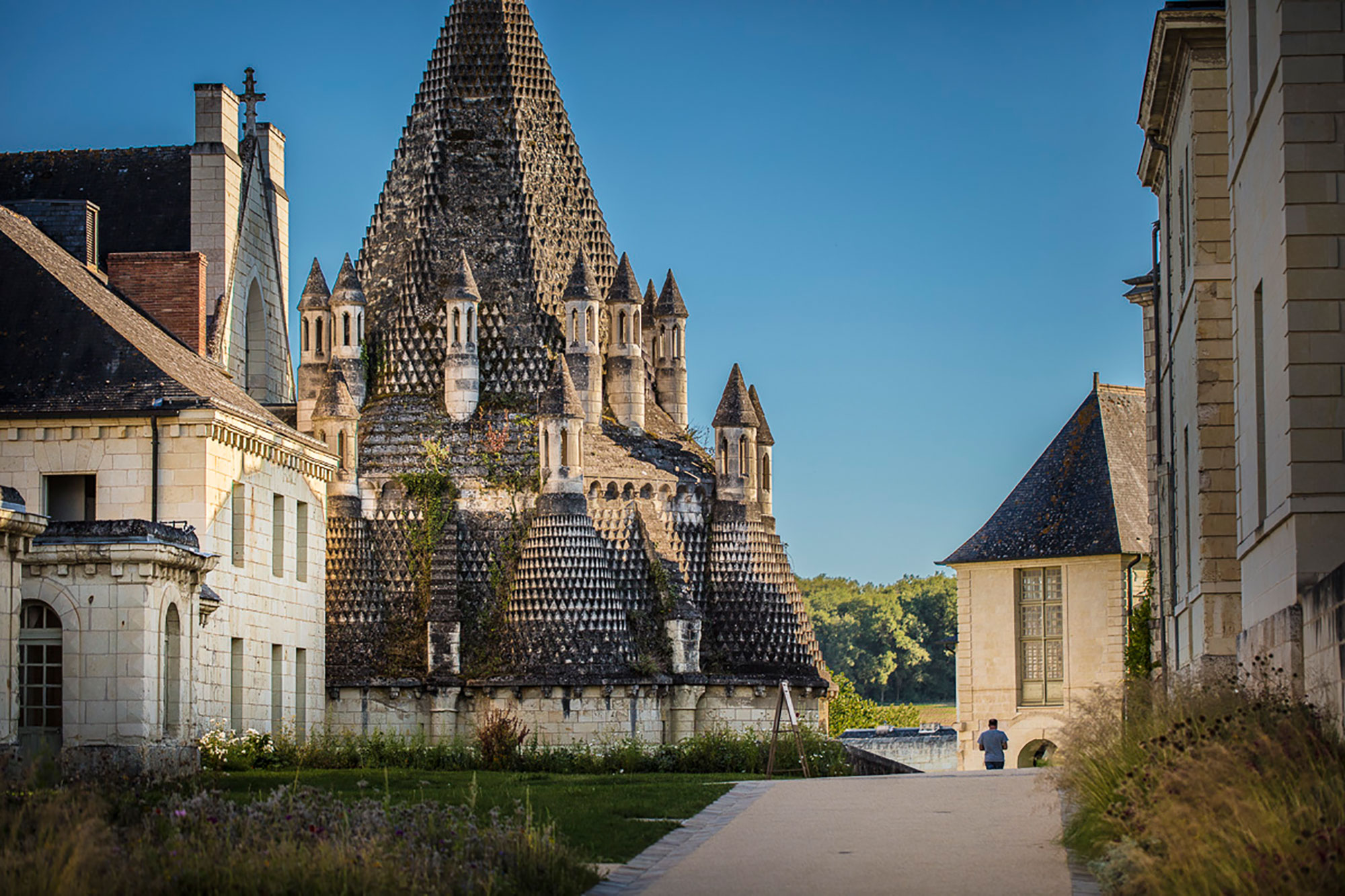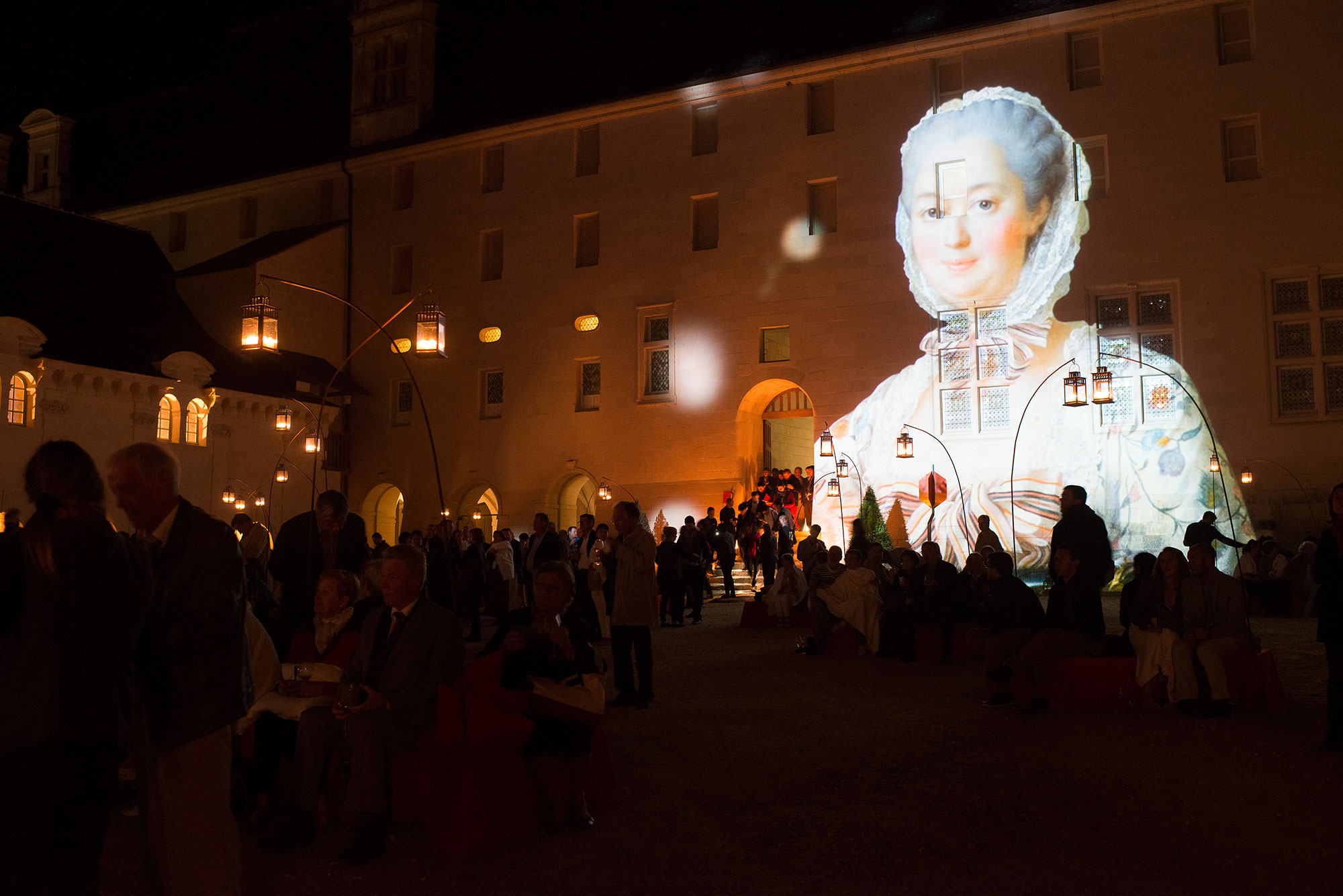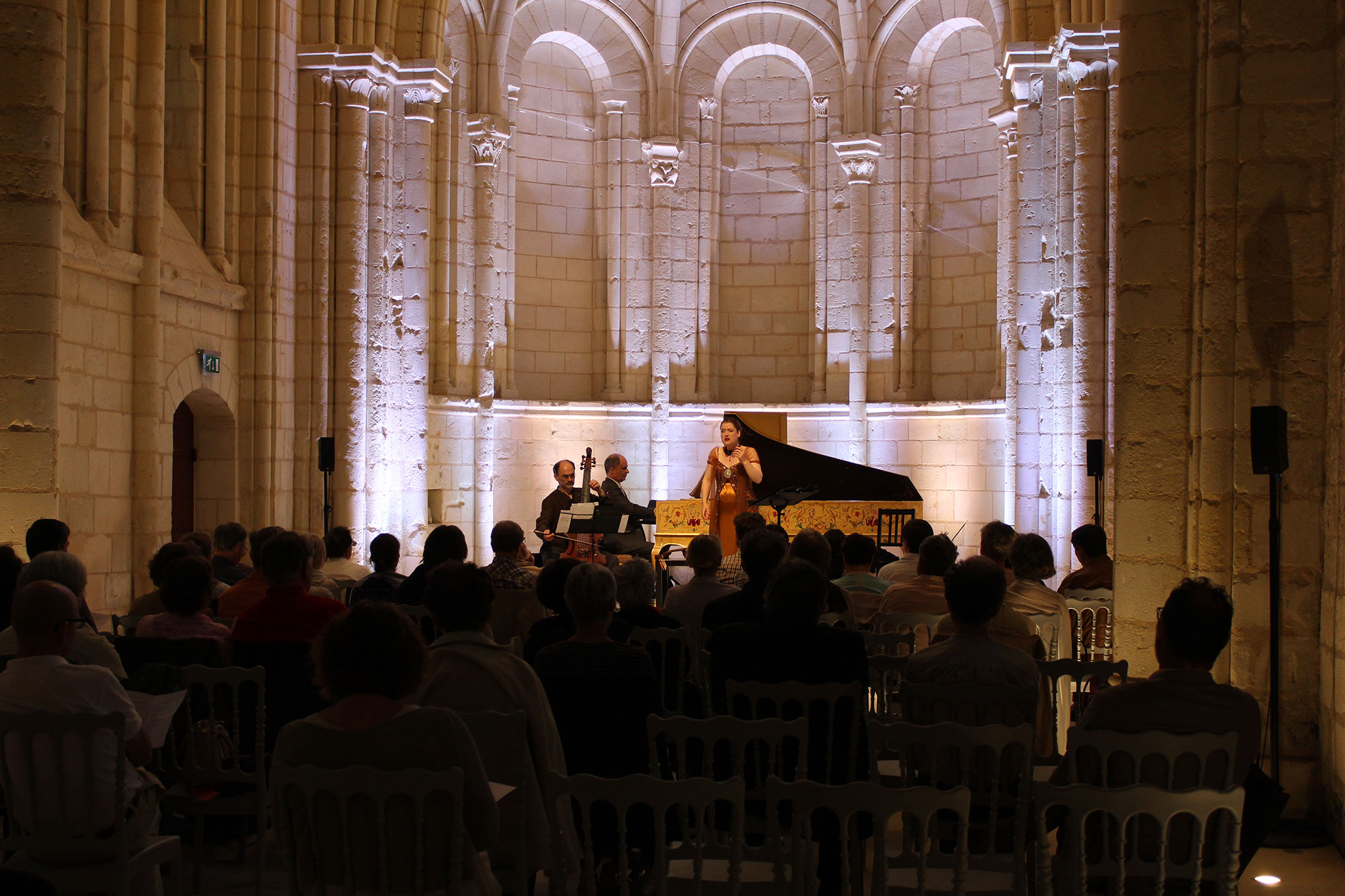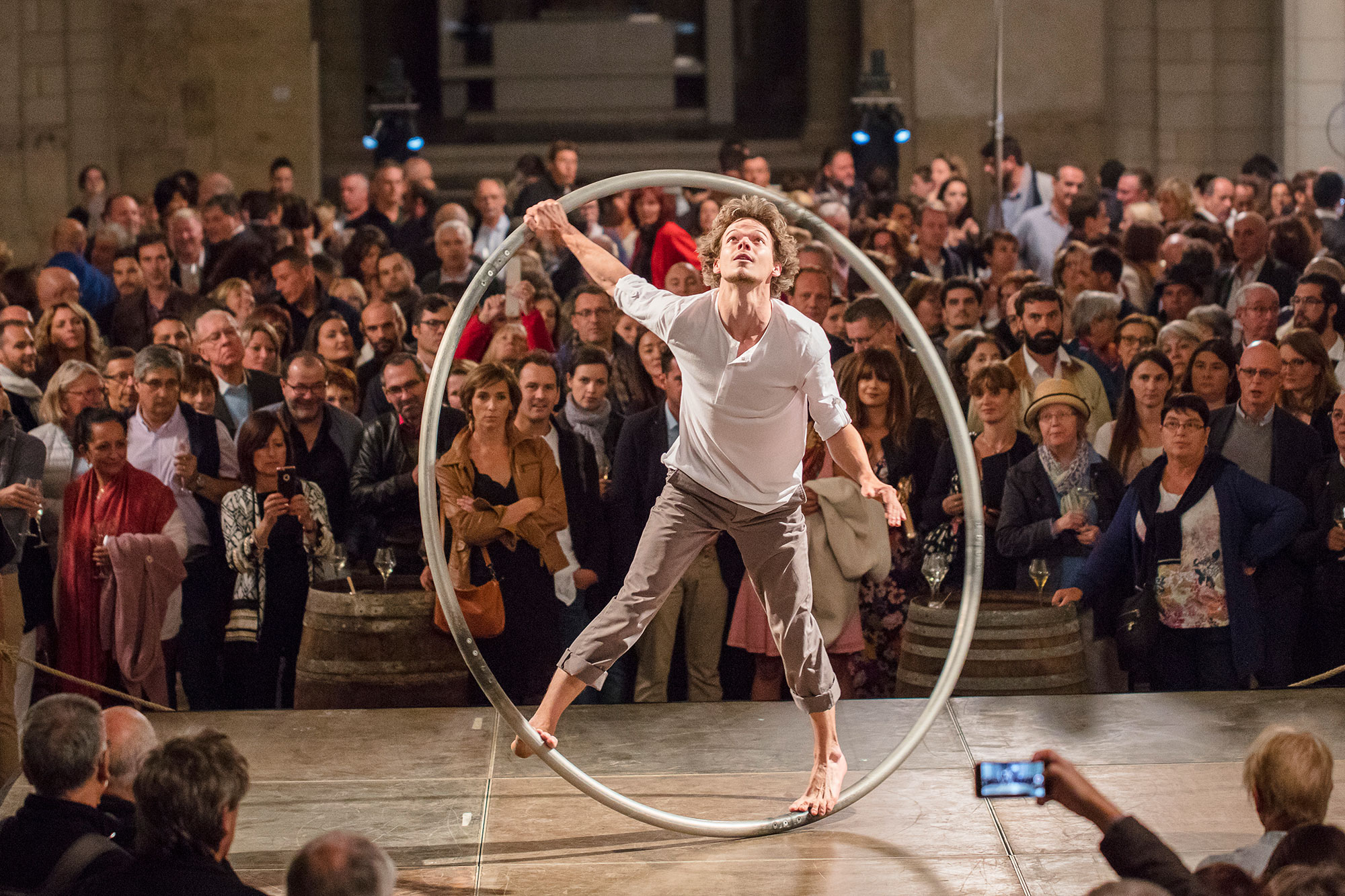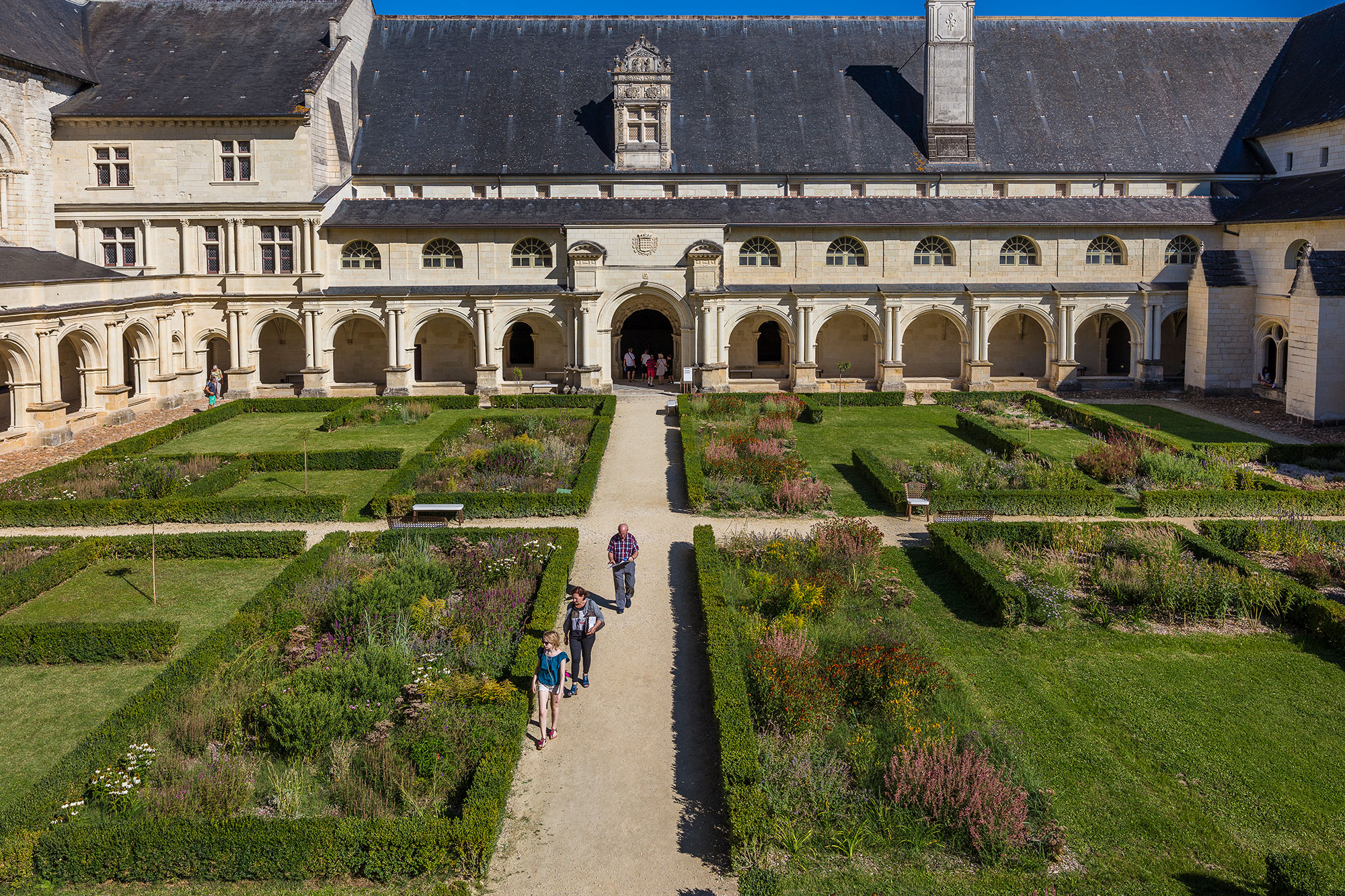The Abbey de Fontevraud was one of the first Heritage Sites for Culture, being awarded the CCR label in 1976.
THE HERITAGE SITE
The Royal Abbey of Fontevraud, located on the border of Anjou, Touraine and Poitou, is one of the largest European monastic cities inherited from the Middle Ages. Classified as a historical monument in 1840, it was listed as a UNESCO World Heritage Site in 2000, along with the Loire Valley. The abbesses, heirs of its founder Robert d'Arbrissel, have run this spiritual centre since the beginning of the 12th century. Eleanor of Aquitaine, Queen of France and later of England, established the Plantagenet necropolis there by burying her husband, Henry II Plantagenet, and later her son, Richard the Lionheart. By decision of Napoleon, in 1804, the Abbey gave way to one of the toughest prisons in France.
THE CULTURAL PROJECT
While the Royal Abbey of Fontevraud is an unmissable cultural and tourist site, it is now undergoing a major stage in its development, with the opening of a museum of modern art in May 2021. Three principles guided the writing of the scientific and cultural project:
- The Abbey is first and foremost a major heritage site classified as a Historic Monument, rooted in history, whose spaces illustrate past, present and future activities: abbey church, cloister, refectory, convent, kitchens, gardens... all places conducive to knowledge and transmission.
- The Abbey bears the imprints of history with a European influence; a royal necropolis housing the famous recumbent effigies; prominent figures, the most illustrious of whom is Eleanor of Aquitaine, whose story is worth telling.
- The Abbey is a place of universal renown, listed as a UNESCO World Heritage Site along with the entire Loire Valley as a living cultural landscape. Our responsibility is to continue writing the history of Fontevraud by inspiring wonder and creativity.
ACTIVITIES AND ACTIONS
Throughout the year, the Royal Abbey of Fontevraud organises a wide range of cultural and artistic activities: concerts, shows, exhibitions, debates and conferences, art installations, residencies, professional meetings, workshops, etc. In conjunction with these creative and dissemination activities, Fontevraud offers educational and mediation activities enabling children and adults alike to discover or explore artistic fields such as music, animated film and graphic arts. These mediation activities also cover the field of history, whether medieval or more contemporary, as well as current issues such as digital technology and sustainable development.
Furthermore, the Royal Abbey of Fontevraud is a major tourist site in the Loire Valley, offering numerous visitor experiences to a wide French and international audience. Constantly developing and enriching its visitor trail, the Royal Abbey of Fontevraud offers an insight into its history and its exceptional monastic architecture.
With Fontevraud l'Ermitage, the hotel and gourmet restaurant make Fontevraud a destination for cultural tourism and corporate events, allowing visitors to experience the site, its history and its project to the full.

